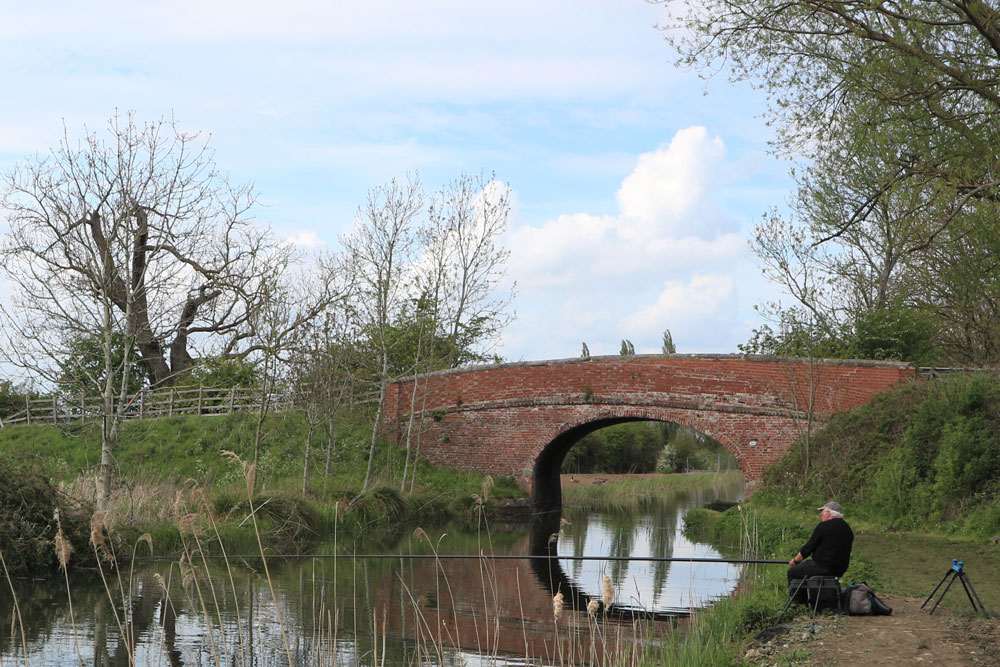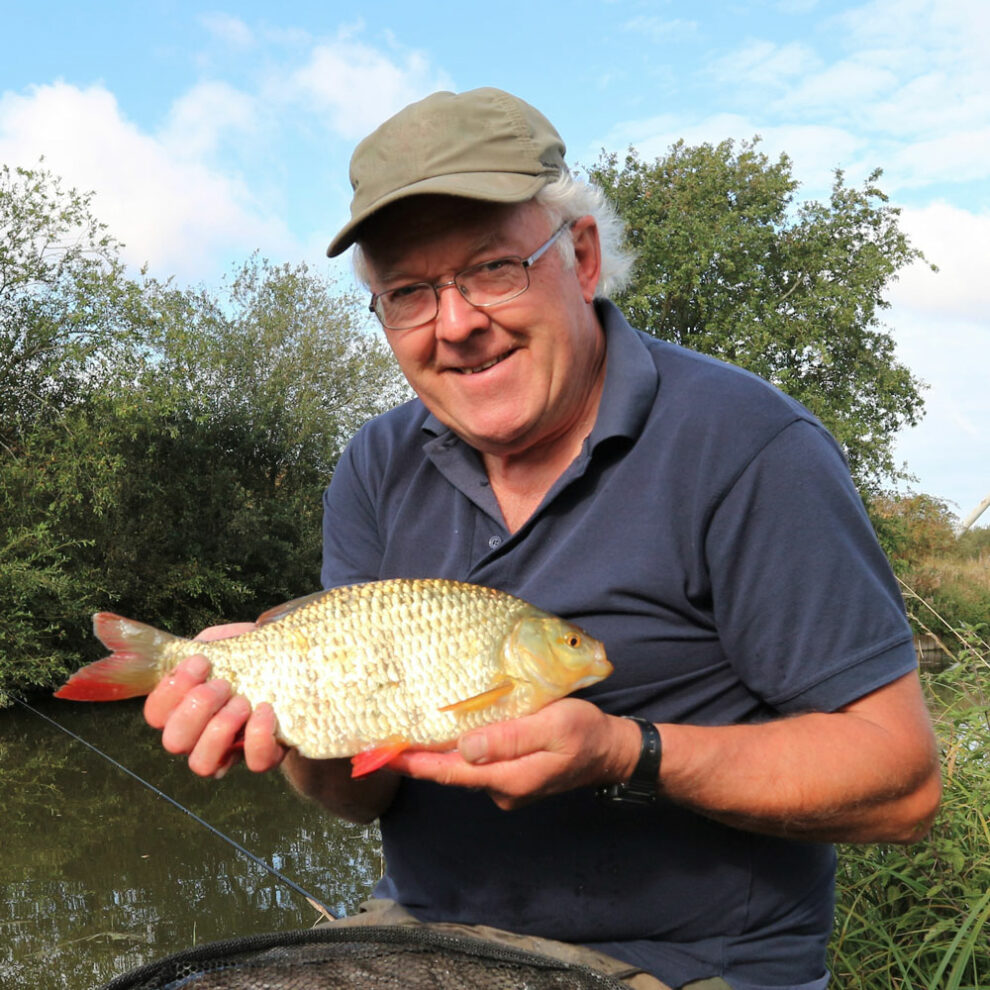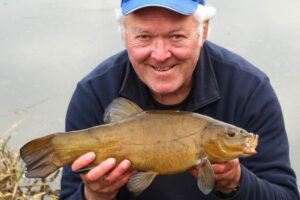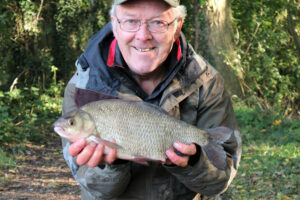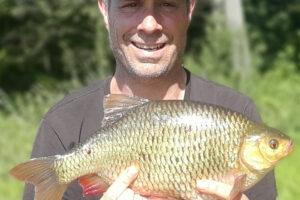Cutting It
I began match fishing on London canals. An early attempt saw me obliterated from the next peg by one of the top stars of the time. He kindly put me right afterwards, saying not to waste any more pools money until I had put in some serious practice and ironed out the rough bits. It was a year before I returned and eventually won something. I went on to break the match record, also winning the coveted championship, making all the effort worthwhile. Sadly, there were no canals when I lived in Northumberland, so when I relocated to the midlands, I was extra keen to get back into towpath fishing. I found the Grantham Canal very different to what I was used to. Most stretches were clogged solid with duck weed, while the few places that were free of this menace often got messed about by maintenance work. Match returns were a pale shadow of what they used to be.
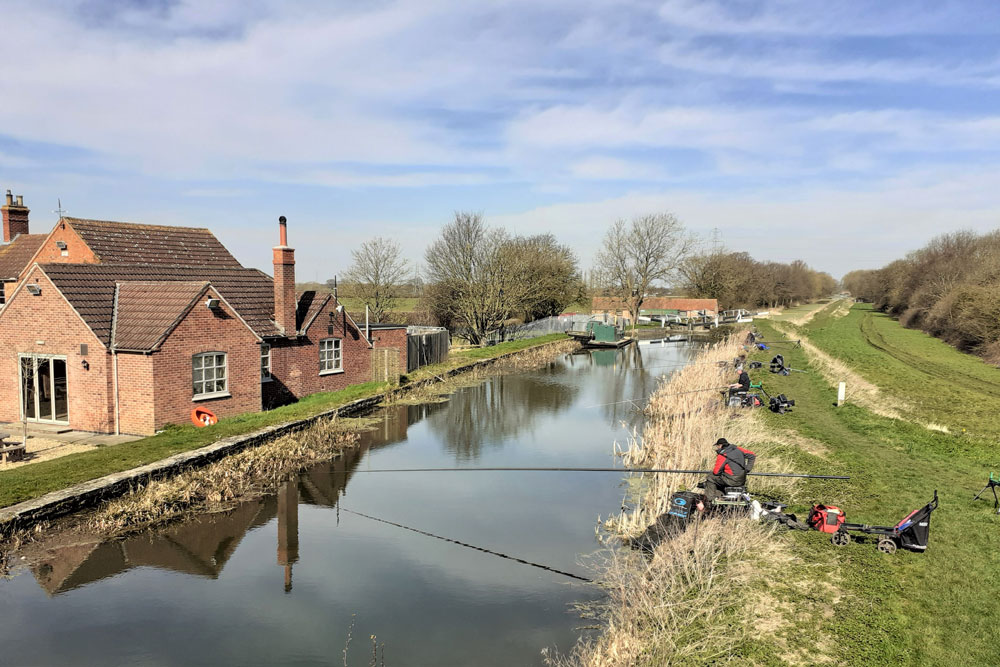
The Dirty Duck
The Grantham Canal is a disused waterway, although work is underway to restore it. The Dirty Duck pub at Woolsthorpe has an apt enough title, considering the cut next to it is generally messy. It’s plagued by weed and silt and as you can see here, finding a fishable peg isn’t always possible. This section is emptied regularly, while those with water usually have many miles of a green carpet of weed to contend with. How the fish stocks survive baffles me. Hopefully, after all the locks are restored and boat traffic returns, the venue will improve to somewhere near its former glory. The stretch above this short pound was dredged recently and after restocking by the local club, a few positive signs of life were returning. But there’s a long way to go before Grantham can be linked to the nearby River Trent again because some parts of the canal have disappeared completely.
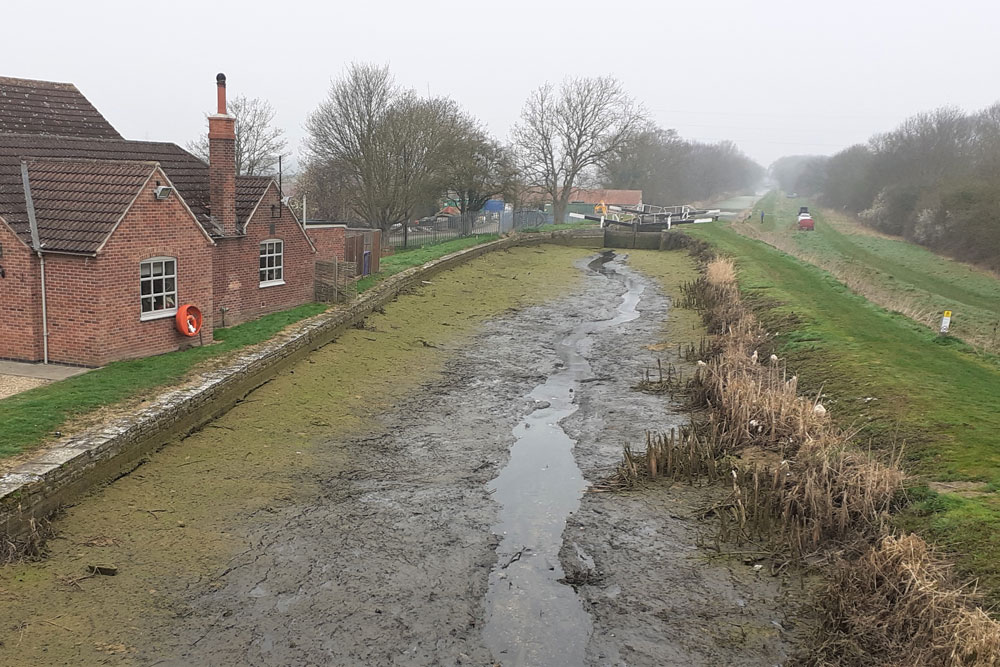
Never Say Die
Advice when seeking information about what to expect on my new local canal was basically not to bother. But I’m not easily put off exploring fresh venues, relishing a challenge. It can get tedious filling keepnets with hungry carp all the time and there was no fear of that. Even the stretch local anglers fondly called the Carp Pound had lost its mojo. It was gin clear, very weedy and appeared almost devoid of life. I struggled for a few tiny sprats over several visits, although I did locate a lone shoal of rudd that provided some brief respite. I spotted a carp too. It was around five pounds and almost black, possibly a lone survivor from bygone better days. I moved on to where a nearby lock had just been renovated. It was a rare weed free area and I discovered a remarkable 15ft of water after poking my pole inside the main chamber. Most of the surrounding canal is only 3ft deep.
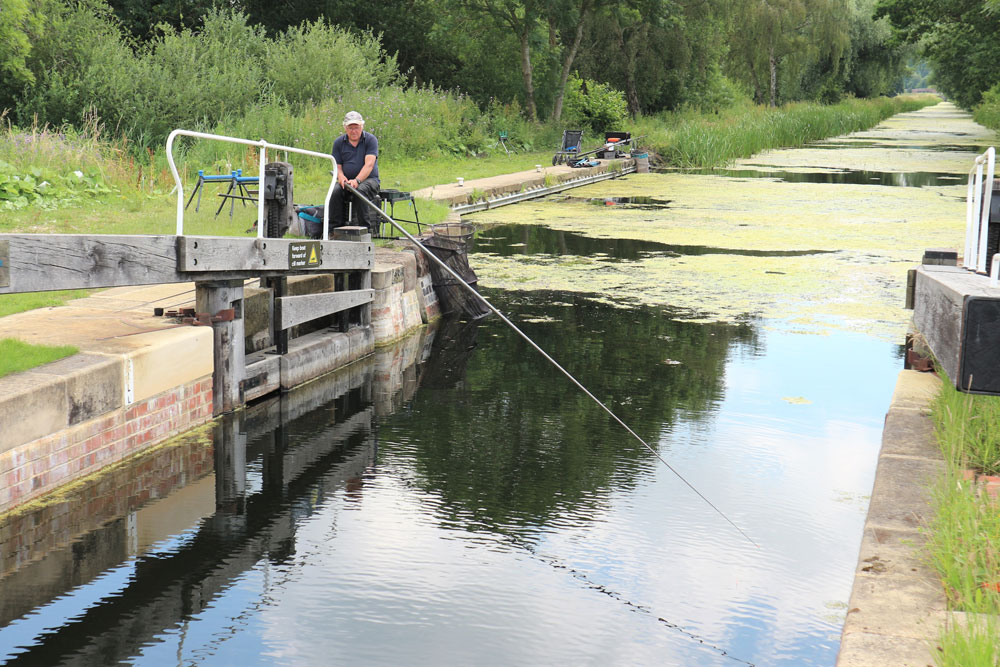
Out of Bounds
You can’t normally fish inside locks, however on this occasion there was no chance of any boat traffic. There’s only one cruiser and a couple of work barges on the canal. They were moored up on the far side of a dewatered section, while in the other direction the waterway is completely sealed off. A top five rig was required, combined with cupping in a couple of hard balls of groundbait, well laced with casters and chopped worm. A small perch signalled there was life in the newly opened lock, but it was a while before anything significant happened. It started with a cluster of bubbles hitting the surface, and then my float shot away. An epic tussle followed as something big and powerful motored out through the gates. I was in big trouble. Such a deep rig wasn’t suited to being towed around in a few feet of water. It was hard to gain control, but I eventually netted an angry big tench.
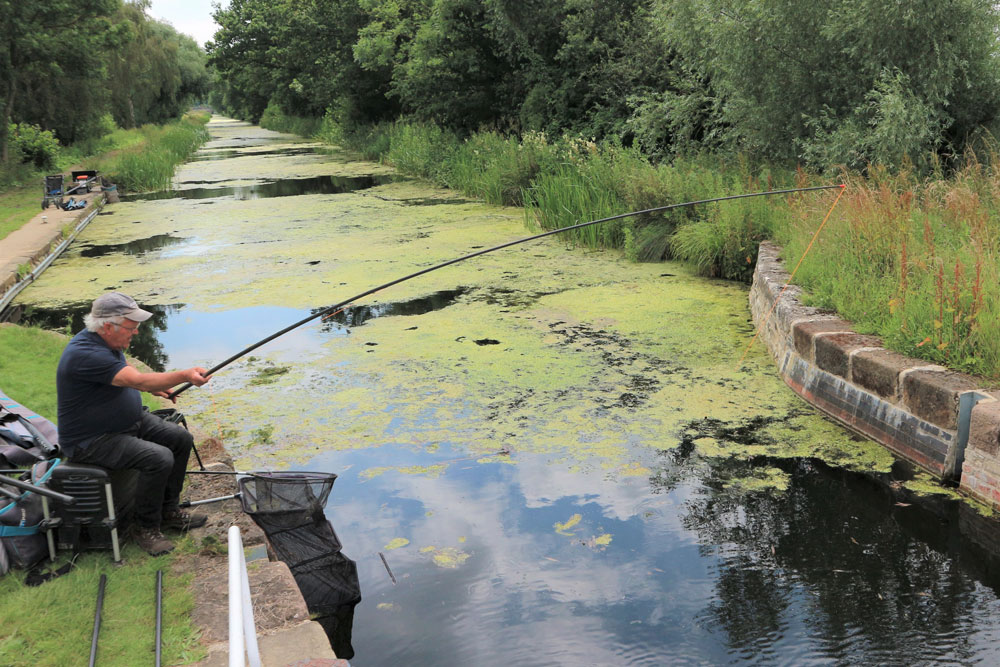
The Turning Bay
Turning bays always look fishy, although my first few visits to the one at Denton on the Grantham Canal were disastrous. Local info suggested this area had been dead for twenty years, but something kept pulling me back. When I eventually got a result, it was after one of the work barges had been hauling out reed beds. There were big clumps of them drifting about. It was a tricky situation, but after such a long walk with all my gear, I decided to give it a go. I set up a waggler, but unusually got blitzed with small fish. I had some 4mm pellets with me and tried feeding those over to where the clumps of reeds were on the far side. To my amazement, a pellet on the hook was snaffled straight away. I caught half a dozen bream, along with lots of smaller fish. I only put the better samples in my keepnet, finishing off with a cracking tench. A nice surprise from a supposedly dead canal.
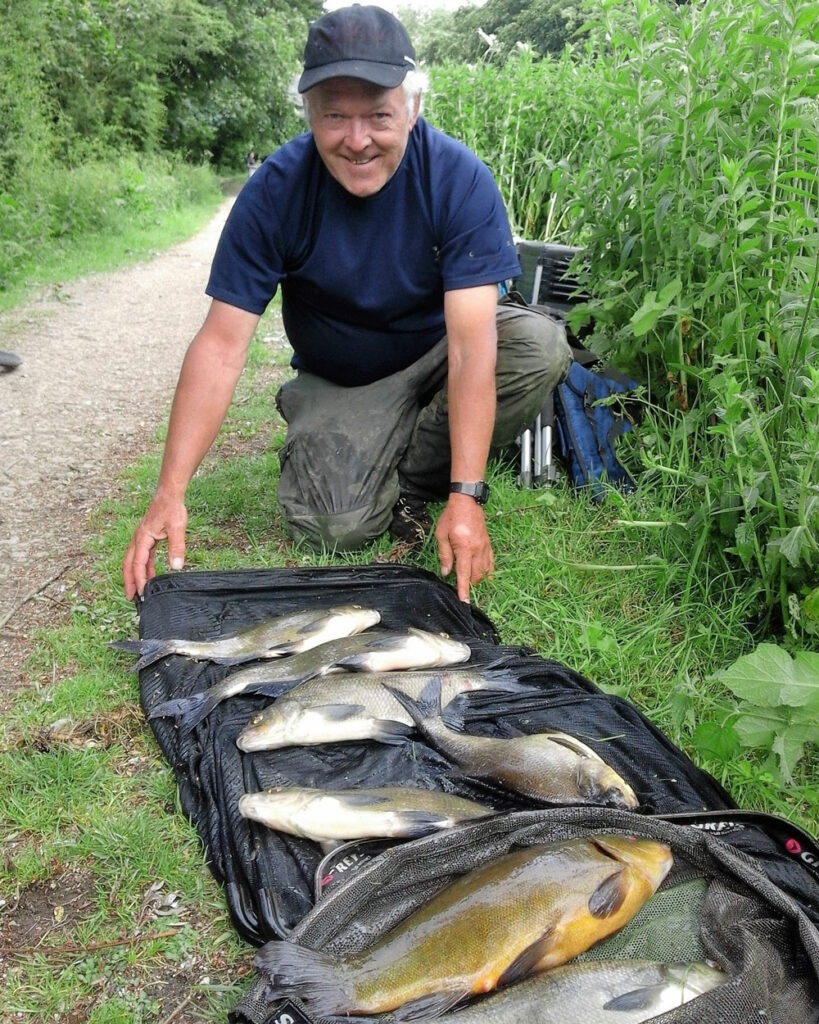
A New Find
A mate got me invited to a club match on the Fossdyke Canal, a short walk from the centre of Lincoln. I didn’t have a clue what to expect, and the draw gave me a cramped peg. A busy mixture of boaters, joggers, walkers, bikers, and rowers were all out enjoying the fresh air. I kept my head down in the heavily overgrown swim. The tree and rush cover on my side of the canal was pushing all the boat traffic over to the far bank, only leaving limited options. I chose just one line of attack with the pole, out in the main boat channel. Suddenly, I was attached to something demented, which I only just managed to keep out of the rush beds and overhanging foliage. It turned out to be an extra lively bream, a proper handful on a light canal rig. I stepped up to stronger tackle and the slabs kept coming, plus a bonus tench. I ended up with a fabulous match winning haul for a canal.
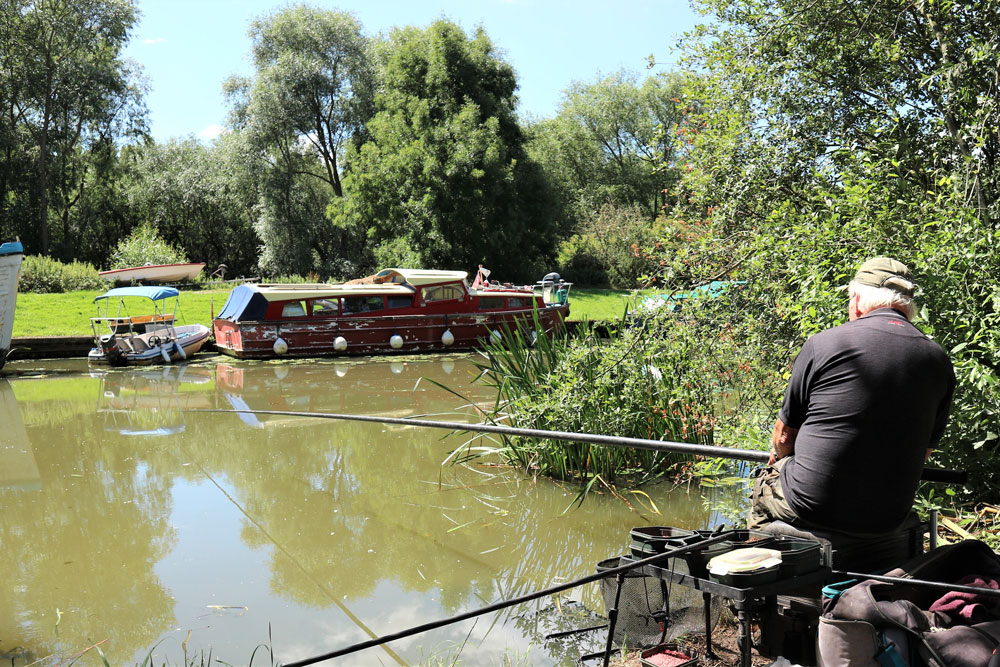
The Old Way
Nowadays, most people opt for poles on canals, but with a high flood bank behind on most of the Fossdyke, it’s awkward unshipping long lengths of carbon. I felt almost embarrassed setting up a waggler to fish the far bank. It looked so inviting over there, similar to the swims I used to fish on the Lea Navigation when it was stuffed with chub. I did catch a few chublets, but the main species turned out to be quality roach, rudd and silver bream. As summer boat traffic increased and stirred up the main channel, it just got better and better as fish retreated to the sanctuary on the other side. Loose feeding casters and slotting a peacock insert float within inches of the overhanging bushes and trees, produced a bite almost every cast. It reminded me of that early canal drubbing I got, sitting next to the winner who used similar tactics, while I decorated the trees and bushes with floats.
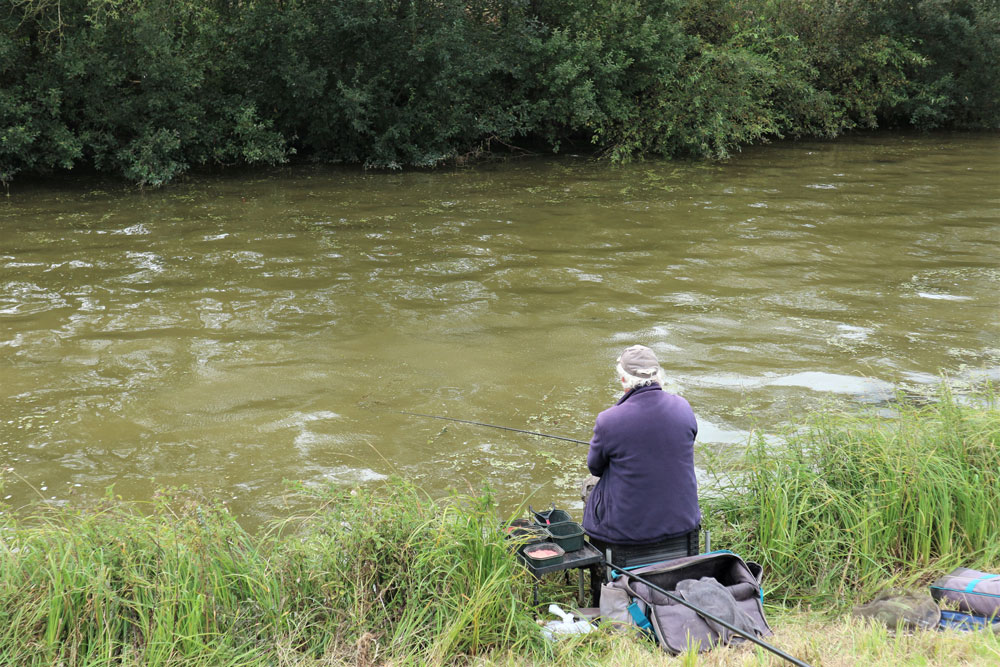
Still Effective
The main secret of casting inch-tight to far bank features is to use a float that just reaches the required distance with a smooth cast. Anything too heavy will keep snagging overhanging foliage, while something too light will require too much effort, losing accuracy. Another trick that helps is having most of the waggler’s loading around the base of the float, with just a couple of tiny number 10s down the rig. You can’t feather the tackle down because that makes the hook length land ahead of the float, getting it hung up in foliage. The best way is to let the waggler land first, with the hook bait following behind it. Back in my early canal days, precision casts that literally brushed far bank cover normally resulted in big fish. The same applied on this new venue, where spot-on accuracy found larger roach, along with surprisingly big silver bream and, in this case, a fabulous rudd.
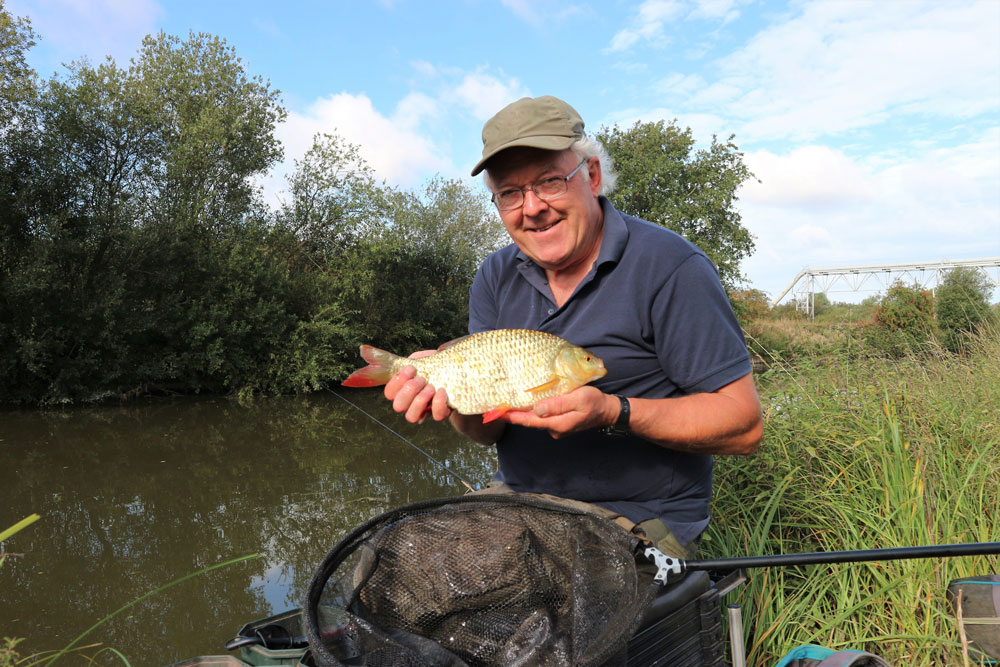
Cold Comfort
Like most canals, the Fossdyke has its winter hotspots, where large shoals of fish shoal up. These are normally built up or well sheltered areas, where cormorants are less likely to hunt in large numbers. The moorings at Saxilby are always a good bet for busy cold weather action. There’s good depth down the edge, making it possible to catch just a few inches out from the bank. On many stretches, there are metal pilings, and presenting hook baits close to them finds big perch. Locals call this fishing down the tins, a tactic that helps to boost match weights considerably. On this occasion, I began by cupping in casters and chopped worm close in, but also fed groundbait out on a long pole line as a reserve option. I was kept busy in the margin with plenty of roach, bleak and small perch to begin with. I even caught ruffe, small dace and silver bream, before the bigger perch moved in.
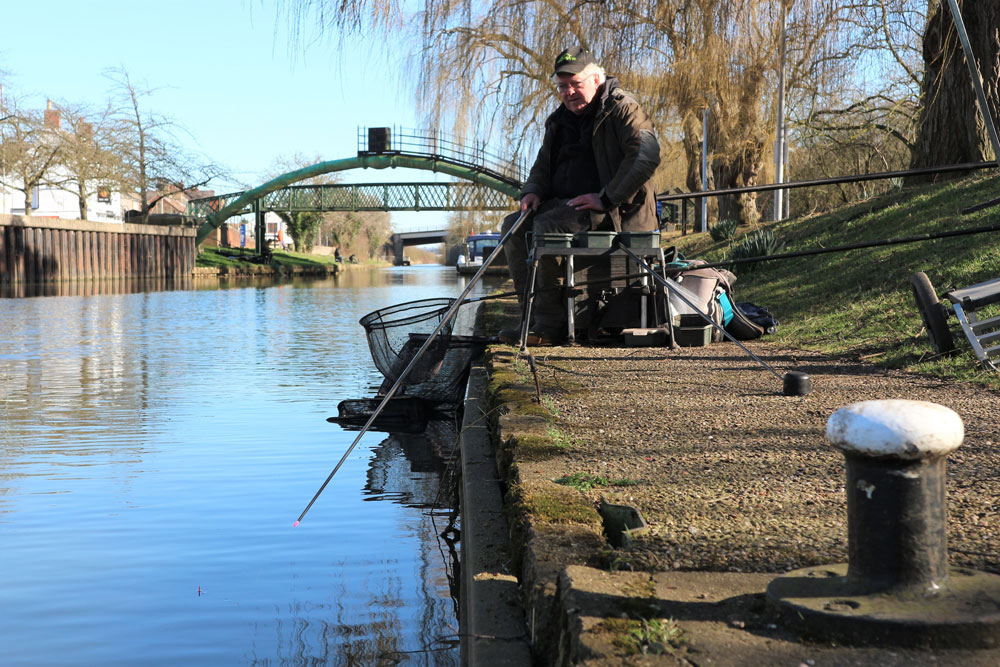
Back Up Option
Many years of canal fishing has taught me to always have a reserve feed line, even if it isn’t needed most of the time. But there will be many occasions when a carefully nurtured secondary feed area proves invaluable, such as if a boat destroys the main catching spot, predators kill it off, or the fish simply drift away. Even if it’s only the last hour when a reserve option comes into play, it can be a match winning tactic, often resulting in a string of late big fish. The latter will be feeding freely thanks to not being disturbed for so long. The trick worked wonders on this occasion. My winter session had been busy, with lots of small fish down the margin, boosted with several bonus perch, some well over the pound mark. However, I suddenly noticed a few clusters of bubbles over my long pole feed line, catching countless bonus late bream to round off yet another classic canal outing.
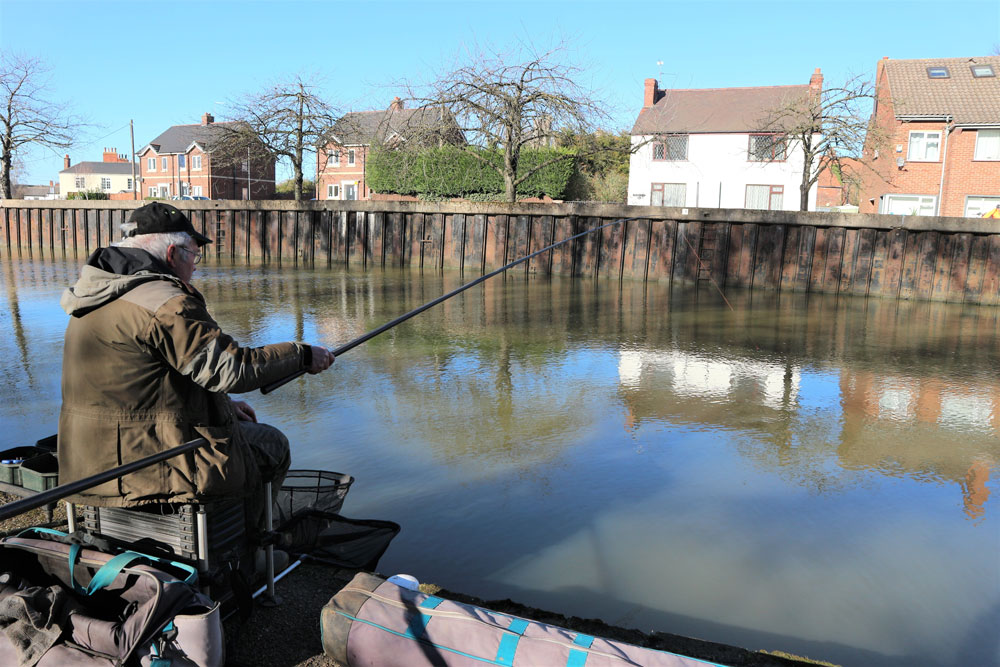
Stirring Stuff
Canal matches are always harder than pleasure sessions, but I still managed to make my favourite waggler tactics work their magic on the Fossdyke. A late flurry of quality fish on a second club match saw another victory, while the same method on an individual winter league resulted in a section win, weighing in double figures of mainly roach. A downside pole fishing brings in winter on venues like this, is the way it concentrates the fish so tightly. Predators such as pike and zander love this and can soon wreck a swim. I found with waggler tackle and loose feeding with a catapult, baits like maggots or casters are spread out a bit more. Apart from being less likely to create a predator hotspot, running line tackle lets you explore a bigger area of water, especially useful on wider canal stretches. This cracking perch turned up late in a match, as I searched for bonus bites towards the far side.
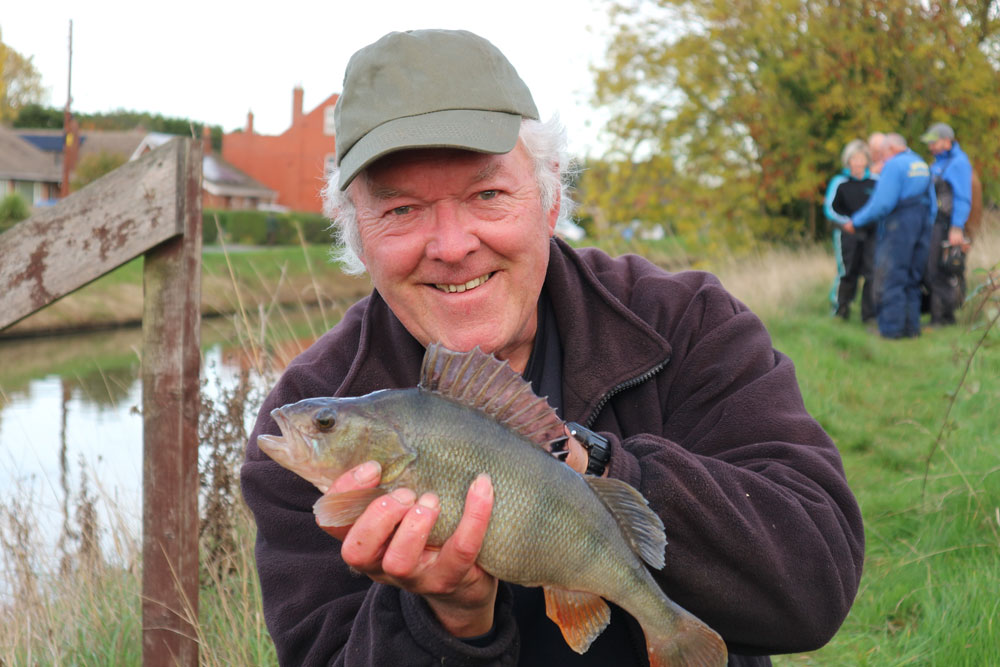
Towpath Magic
Many canals are joined to other waterways, so you never know what might turn up. I remember a swim on one pound where chub often showed, and yet they were never caught anywhere else. There was another spot on the Grand Union where I once tussled with something big for ages, but couldn’t do anything with it. A carp angler also got seen off in the same area. When the pound was dewatered for repair work, a giant catfish was discovered. Then there was the question of how barbel managed to get into one London canal I used to fish, only ever being caught by a small overflow next to a lock. There’s something exceptional about the unique old-world feeling I get from canals, especially by bridges, where it’s typically possible to still see the rope marks from bygone horse-drawn barges. It’s a glimpse of a long-gone era, but the atmosphere still lingers in many places.
